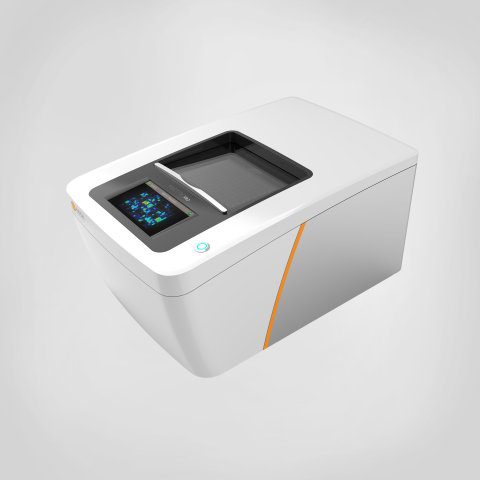Introduction:
The field of neuroscience has witnessed remarkable progress in recent years, largely due to the development of cutting-edge technologies that allow us to explore the intricacies of the brain. One such revolutionary tool is the Microelectrode Array (MEA), which has significantly contributed to our understanding of neuronal circuits and their functioning. In this blog post, we will delve into the MEA technology and shed light on the role played by Axion Biosystems, a leading company in this field.
Understanding MEA Technology: Microelectrode Arrays (MEAs) consist of a collection of microscopic electrodes, typically arranged in a grid-like pattern, that are used to record and stimulate electrical activity in the brain or other excitable tissues. These arrays are composed of biocompatible materials and can be implanted or placed in close proximity to neural cells, allowing for precise monitoring of their electrical signals. MEA technology enables researchers to gather high-resolution, real-time data from multiple neurons simultaneously, providing valuable insights into the complex dynamics of neuronal networks.
Applications of MEA Technology:
MEA technology has opened up a wide range of applications in the field of neuroscience. Here are a few key areas where MEAs have made significant contributions:
- Basic Neuroscience Research: MEAs have become an invaluable tool for studying fundamental questions about neuronal communication, synaptic plasticity, and network activity. By monitoring electrical signals from individual neurons or ensembles of neurons, researchers can unravel the dynamics and patterns of neural circuitry.
- Drug Discovery and Development: Understanding the effects of drugs on neuronal activity is critical in the development of new therapies for neurological disorders. MEAs enable researchers to assess the impact of pharmacological compounds on neuronal networks, providing insights into drug efficacy, toxicity, and potential side effects.
- Neurotoxicity and Safety Assessment: Assessing the neurotoxicity of chemical compounds is essential for ensuring the safety of pharmaceuticals, consumer products, and environmental substances. MEAs offer a reliable and efficient platform for evaluating the impact of various substances on neuronal activity and network function.
- Disease Modeling: MEAs facilitate the creation of in vitro models of neurological diseases, such as epilepsy, Parkinson’s disease, and Alzheimer’s disease. By culturing neurons on MEAs, researchers can investigate the aberrant electrical activity associated with these disorders and explore potential therapeutic interventions.
Axion Biosystems:
Pioneering MEA Technology: Axion Biosystems is a leading provider of MEA technology, specializing in the development of high-density, multi-well MEA systems. The company’s innovative platforms, such as the Maestro Pro and Lumos, have transformed the field of neural research by offering advanced capabilities for recording and analyzing neuronal activity.
Axion Biosystems’ MEA systems provide high-resolution, label-free electrophysiological measurements from live cells, enabling researchers to acquire data with exceptional spatiotemporal precision. These systems are user-friendly, scalable, and compatible with a wide range of applications, making them accessible to researchers across various disciplines.
Moreover, Axion Biosystems offers sophisticated data analysis software, including the powerful AxIS Navigator and AxIS Metrics, which streamline the process of extracting meaningful insights from complex neural datasets. These tools facilitate data visualization, spike sorting, and network analysis, enhancing researchers’ ability to uncover patterns and trends within their experimental data.




